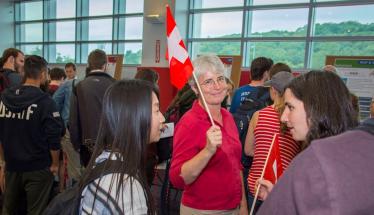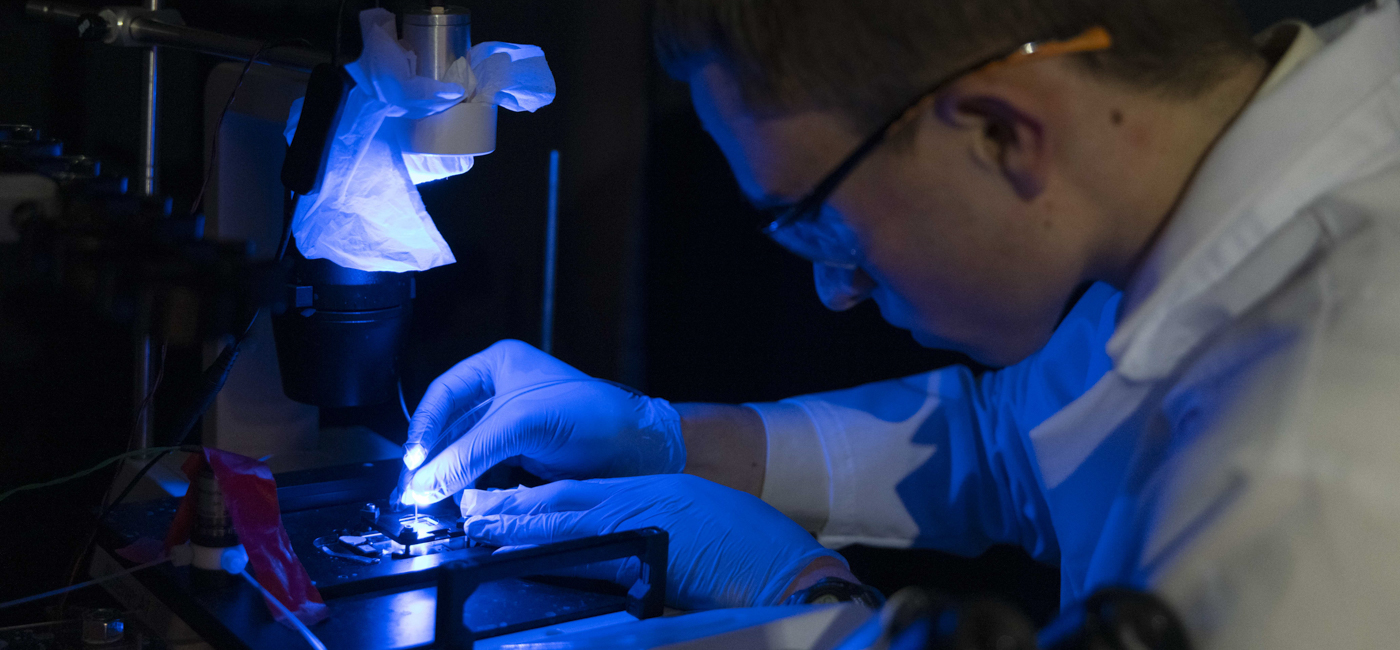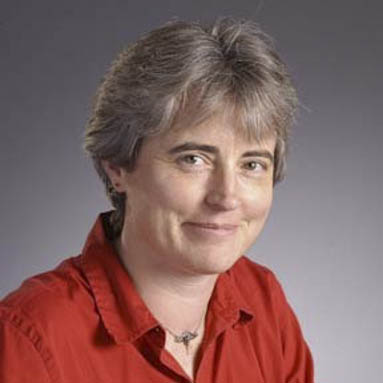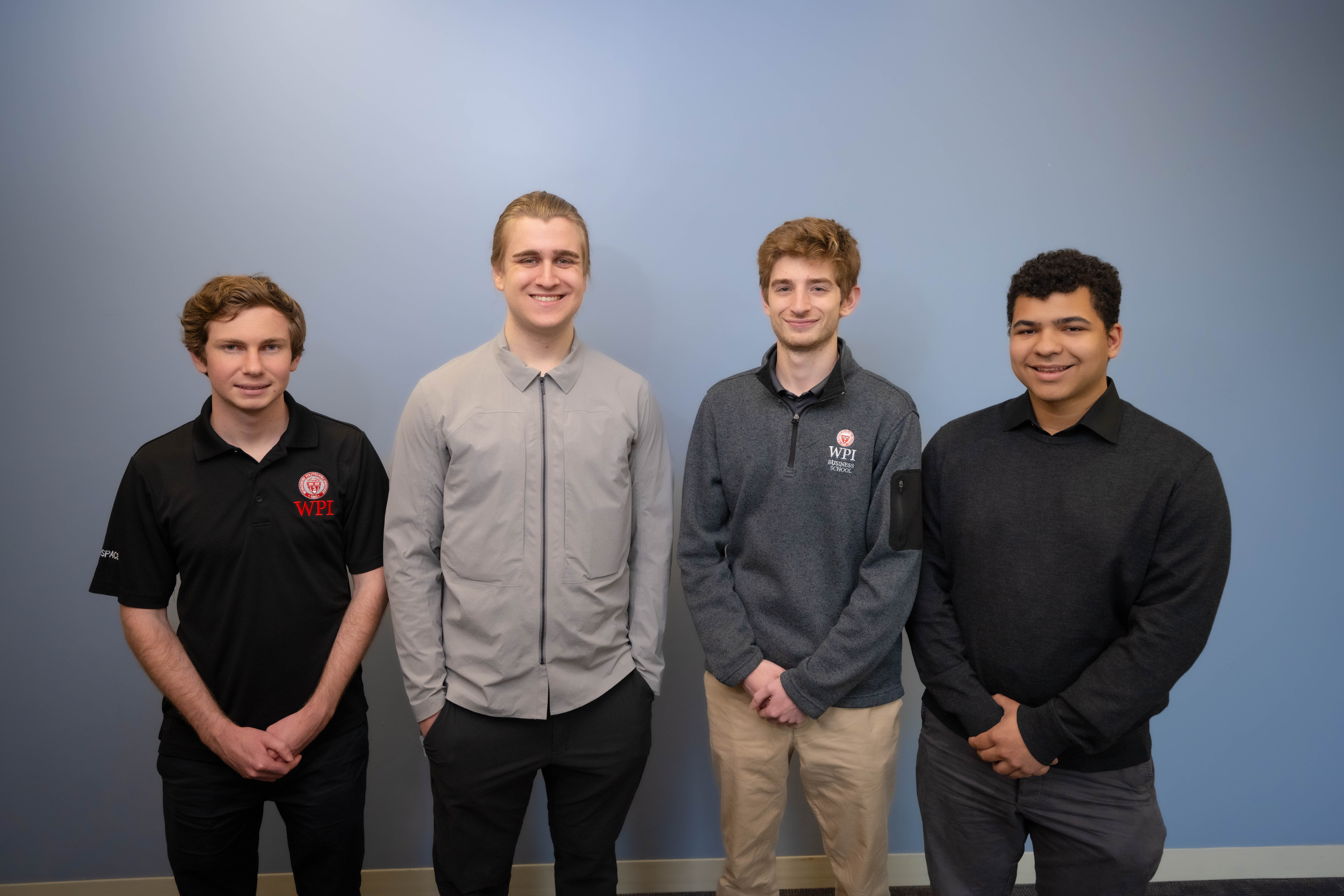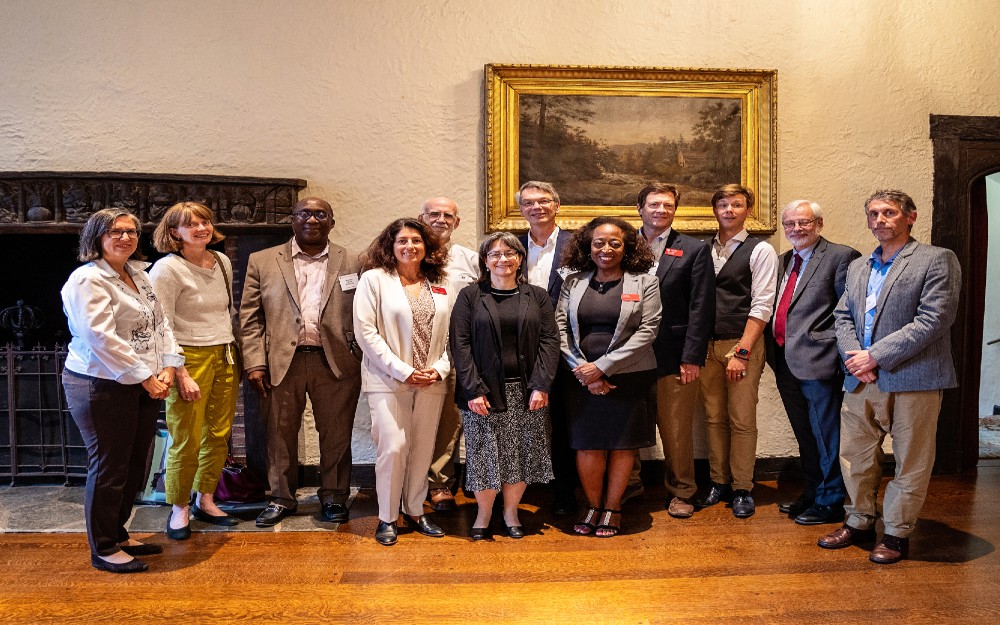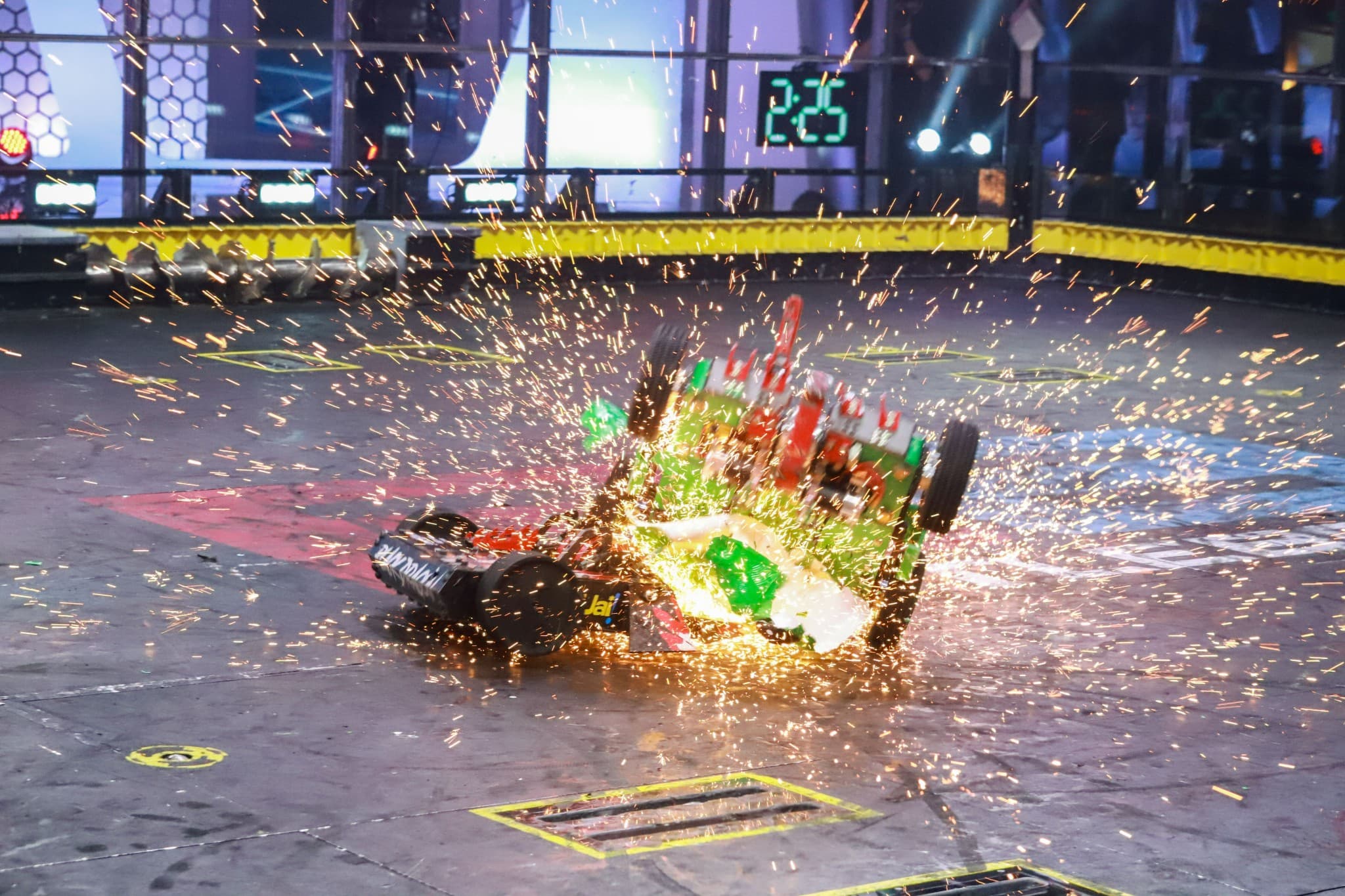The country of Switzerland and associate professor of physics and biomedical engineering Nancy Burnham go way back.
She lived there for six years, teaches there over the summers, and loves all the country has to offer.
This past summer, she was back in Switzerland—networking with WPI alumni, her own personal connections, and Swiss NanoConvention colleagues—as part of her work with the Switzerland Project Center.
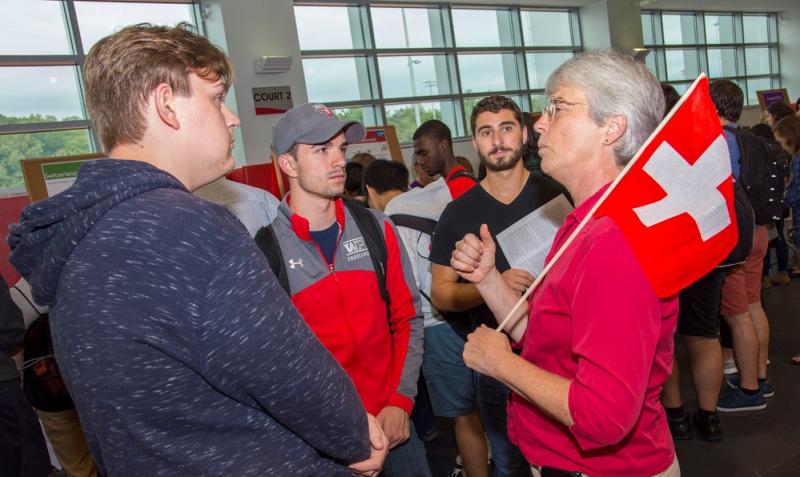
Nancy Burnham at last week's Global Fair.
The Center had been on hiatus as an official WPI study site, but Burnham worked with a group of seven students to arrange new projects last year, including an IQP in nanoparticle safety and an MQP in microcontact printing.
This year, 22 IQP students and seven MQP students will travel to Switzerland to work on four additional projects Burnham was able to negotiate and establish last fall.
She has introduced the concept of IQPs to Swiss science and industry leaders and notes that, “After you spend time explaining, they get excited” about the possibilities. While MQP-type project work does exist in Switzerland, there is no educational programming similar to IQPs, so she details the program each time anew.
“The Swiss and European educational system is more structured than ours," she says. "We work to give students depth in a specific area and breadth across disciplines. In Europe, students focus on their chosen field early in their education. They don’t have anything equivalent to an IQP. It turns out to be an advantage for us.”
WPI students can then come and look at broader societal questions, she says.
One of the IQPs this year will be conducted at the University Hospital of Zurich, where the group will research whether additive manufacturing (3D printing) can assist in ear surgery.
“The hospital is looking at how 3D printing could be adopted for surgery for the ear; there are lots of tiny parts in the ear," she says. "What does an institution need to know in terms of policy or perspective? From interviews and online searches, the students will compile points for the hospital to consider as they develop policies for additive manufacturing for human health.”
"In Europe, students focus on their chosen field early in their education. They don’t have anything equivalent to an IQP. It turns out to be an advantage for us." -Nancy Burnham
Another project at Zurich University of Applied Sciences in Winterthur—a leading applied-science university—looks at what power companies are doing in response to the economic disruption that comes with renewable energy, such as solar panel systems.
Students will also work with another university, NTB Buchs, to analyze how heat-pump-based fruit dryers could be used to improve economic conditions in third-world countries. (Left to dry on its own, fruit can rot or be stolen, explains Burnham.)
The fourth IQP will research to what extent the acoustics of the kinetic sculptures at the Tinguely Museum in Basel add to visitors’ experience. The museum connection came through a colleague, says Burnham. Kinetic sculptures, as their parts wear down, have been changing their acoustical emissions.
“They were interested in having this documented, interviewing visitors on perceptions of their visit and the importance of the acoustics,” she says. “It’s a hobby project for a colleague, studying wear on parts as a materials scientist. You know of the problem, but you don’t have money and time to do every single project you hear about. These students can help out and do a lot of work when others don’t have time.”
Burnham says she’s slowly but surely building up her Swiss network. “This summer, I was pleased with the contacts and projects.”
- By Susan Shalhoub
